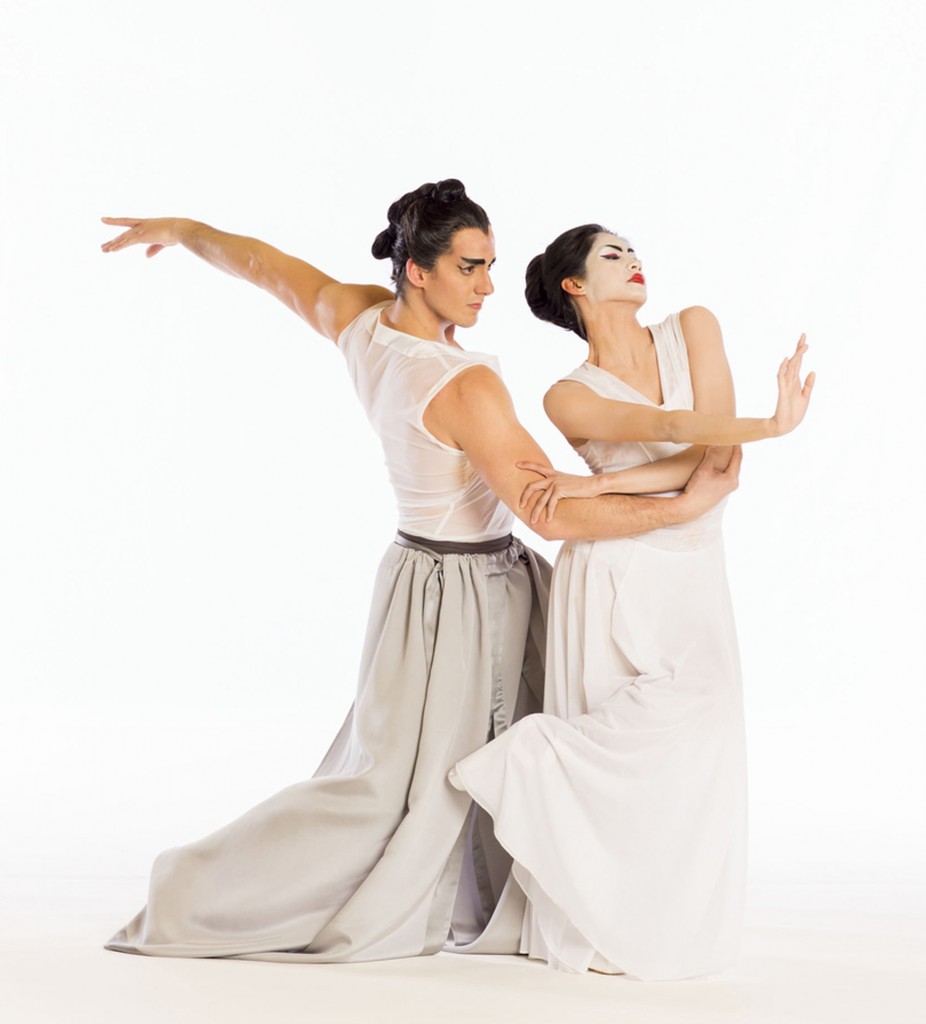
This Thursday the Joffrey will be performing Stories In Motion at Chicago’s Auditorium Theatre. The program features three ballets, one of which is a Chicago premiere.
First up will be Balanchine’s Prodigal Son, which hasn’t been danced by the company since 2000. Based on a well-known biblical tale, this ballet is a visual treat to watch. Artistic Director Ashley Wheater will be performing the role of Father, and he talks about the reason these three ballets were chosen on j-Pointe, Joffrey’s blog.
The company was able to call on the considerable expertise of Edward Villella to coach the dancers during rehearsal. Take a look at some of the footage here:
Antony Tudor’s Lilac Garden is next on the program. It has been called his first “psychological ballet”, telling the story of an arranged marriage and lost love. Set in Victorian times, the music is Chausson’s Poeme for violin and orchestra and Senior Répétiteur Donald Mahler worked with the dancers to help them fine-tune this ballet.
The final offering is the Chicago premiere of Yuri Possokhov’s RAkU. The storyline of this contemporary ballet follows a Japanese emperor, his princess, and an obsessive Buddhist monk. Here’s a video of the Joffrey dancers working on the ballet in rehearsal:
Stories in Motion opens Thursday, September 15th and runs through the 21st.














